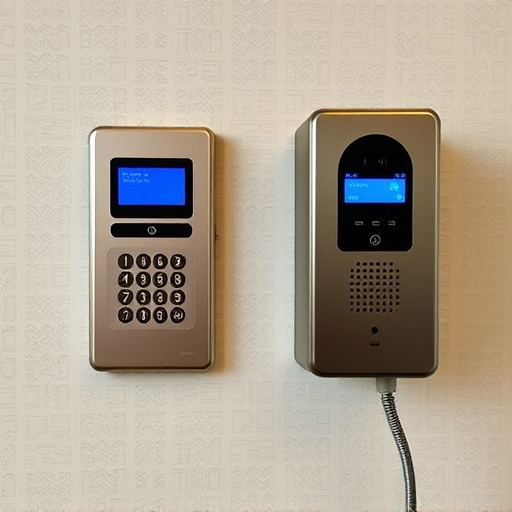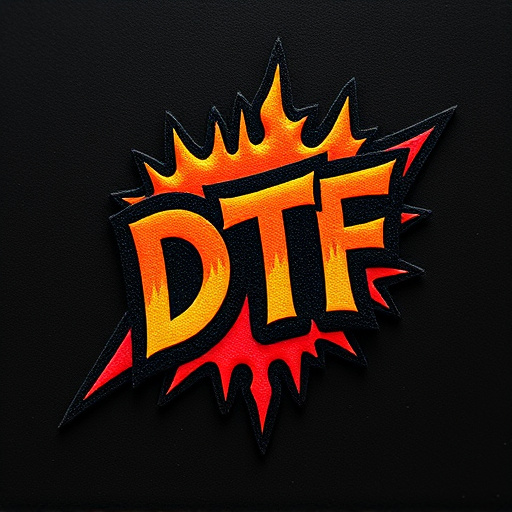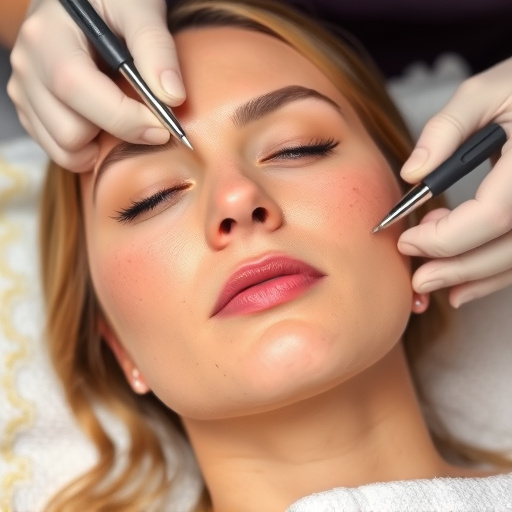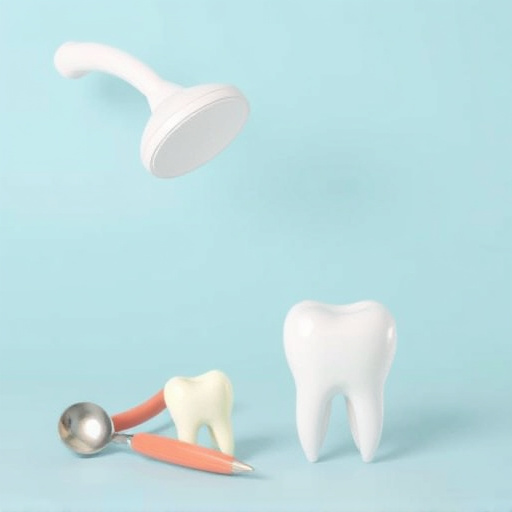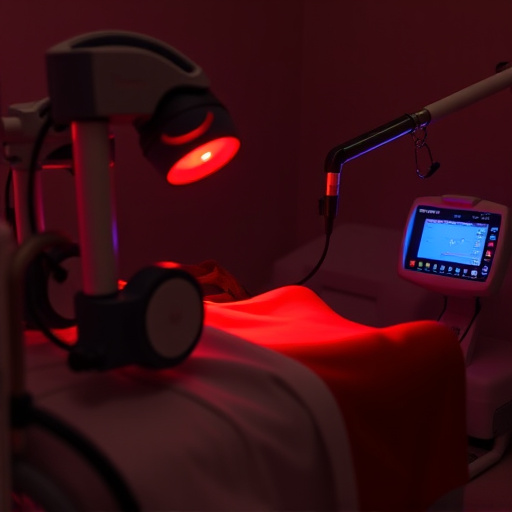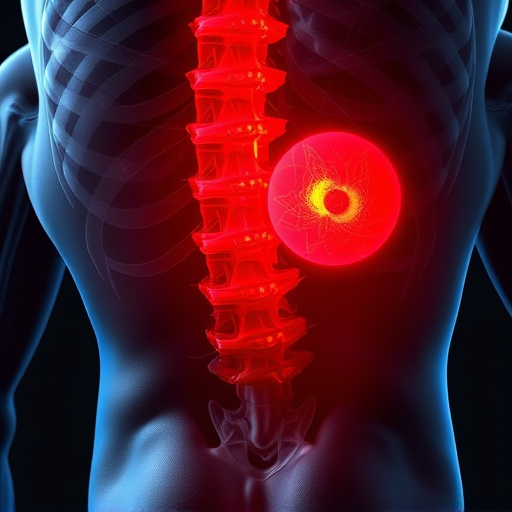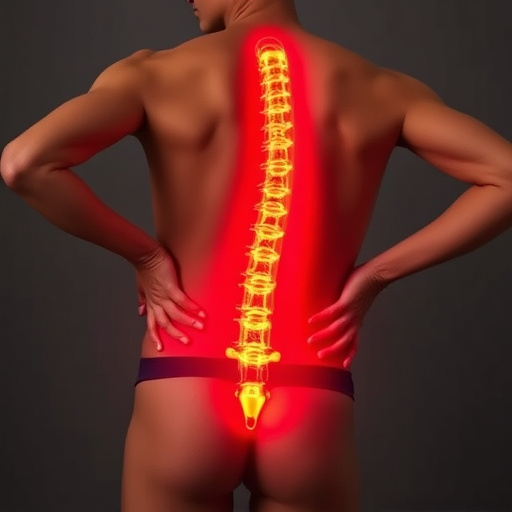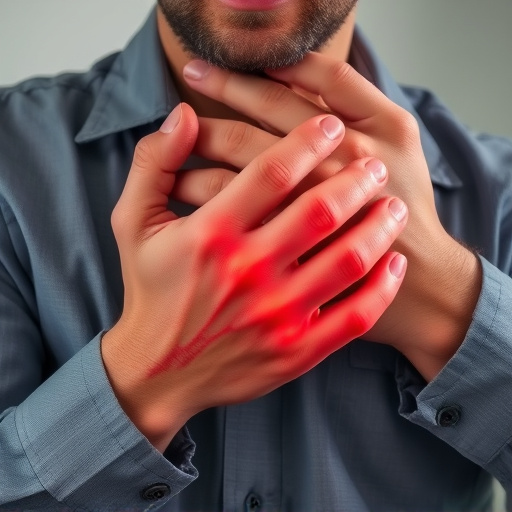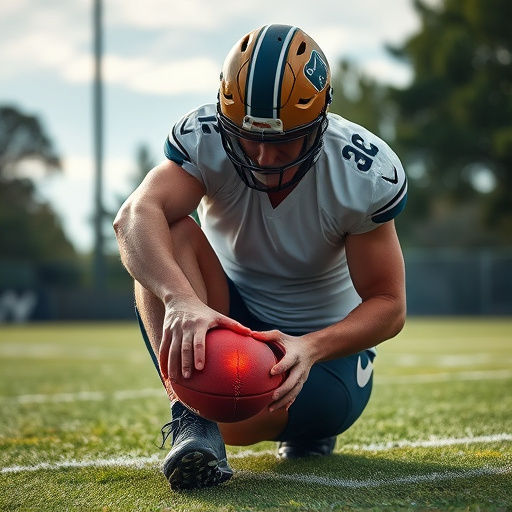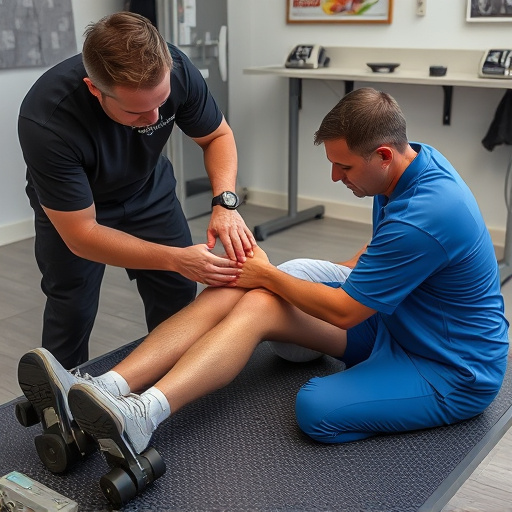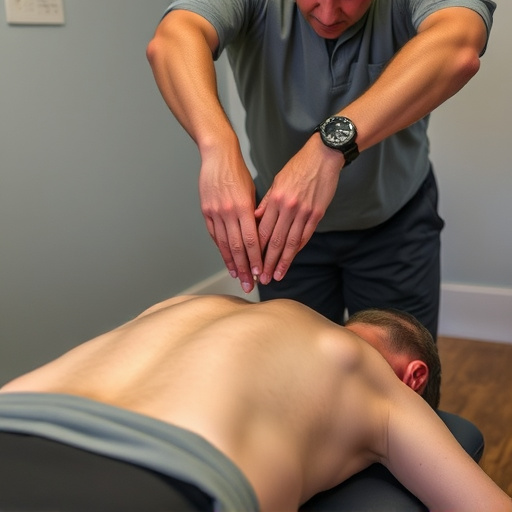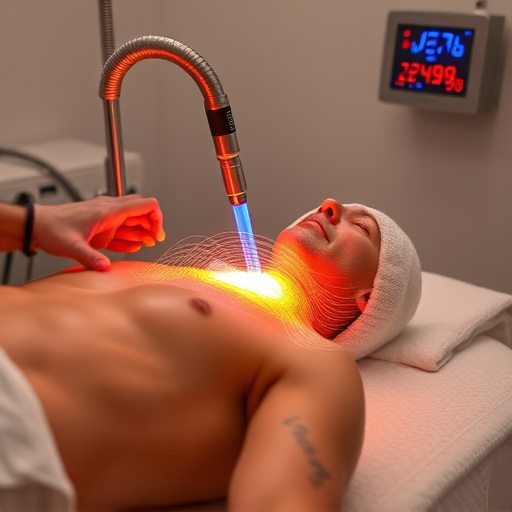Post-accident rehabilitation for joint and muscle damage focuses on restoring mobility, flexibility, and functionality through tailored treatment plans. Non-invasive therapies like chiropractic care and shockwave therapy, along with physical therapy and massage, play key roles in managing pain, improving strength and range of motion, and regaining pre-injury independence. Regular progress tracking through healthcare assessments helps adjust rehabilitation strategies for optimal outcomes, emphasizing personalized approaches to recovery.
Post-accident rehabilitation is a vital process for recovering from joint and muscle damage. This comprehensive guide explores the essential components of effective post-accident rehab, focusing on understanding individual needs, creating tailored treatment plans, and tracking progress. By delving into these key areas, individuals can optimize their recovery and regain functionality after an accident. Learn how to navigate this crucial phase with strategic approaches, ensuring a successful path to healing.
- Understanding Post-Accident Rehabilitation Needs
- Creating a Comprehensive Treatment Plan
- Tracking Progress and Adjusting Strategies for Optimal Recovery
Understanding Post-Accident Rehabilitation Needs
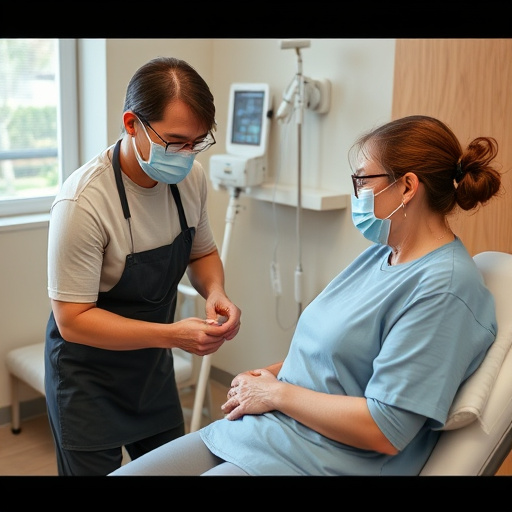
After a traumatic accident, assessing and understanding the rehabilitation needs of individuals with joint and muscle damage is paramount to their recovery journey. The impact of an accident can vary greatly, affecting mobility, flexibility, and overall physical functionality. Post-accident rehabilitation aims to restore these functions and improve the patient’s quality of life. One key aspect is recognizing that each individual’s experience is unique, so a tailored treatment plan is essential.
Rehabilitation goals often include pain management, improving strength and range of motion, and restoring pre-injury levels of independence. Non-invasive treatments like chiropractic care and shockwave therapy for pain can play significant roles in this process. These methods offer effective relief without the need for extensive surgery or prolonged recovery periods. Chiropractic treatment focuses on adjusting and mobilizing the spine to reduce pain and improve joint function, while shockwave therapy stimulates tissue repair, making it a promising option for various soft tissue injuries.
Creating a Comprehensive Treatment Plan
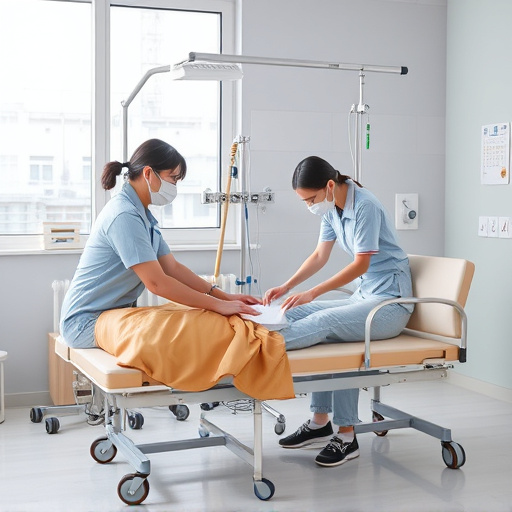
A comprehensive treatment plan is essential for effective post-accident rehabilitation, particularly when addressing joint and muscle damage. This tailored approach should incorporate various therapeutic modalities to address multiple aspects of recovery. For instance, chiropractic care can be instrumental in adjusting the spine and improving mobility, while physical therapy focuses on strengthening muscles and restoring range of motion. Combining these with other techniques like massage therapy or ultrasound can provide a holistic solution.
The plan must consider the patient’s specific needs, the extent of injury, and their overall health condition. It should aim to improve not just physical symptoms but also enhance quality of life. In cases of sports injuries, for example, rehabilitation should prioritize mobility improvement to enable athletes to return to their chosen sport safely and successfully. Therefore, a well-designed treatment plan, encompassing diverse therapeutic strategies, is key to achieving optimal outcomes in post accident rehabilitation.
Tracking Progress and Adjusting Strategies for Optimal Recovery
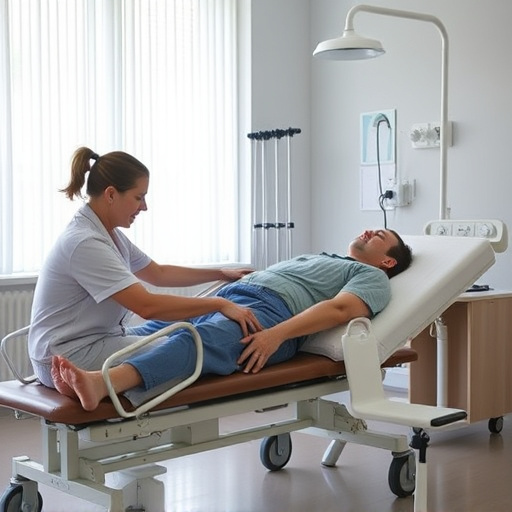
Tracking progress is a vital component of post-accident rehabilitation for joint and muscle damage. Regular assessments by healthcare professionals help gauge the effectiveness of the patient’s recovery journey. These evaluations can include range-of-motion tests, strength measurements, and pain assessments to monitor improvements or identify areas that require further attention. By documenting these milestones, patients and their support teams can adjust strategies accordingly. If certain aspects of rehabilitation aren’t yielding desired results, alternative approaches can be implemented.
One such approach is incorporating non-invasive treatment methods like physical therapy, which focuses on gentle exercises and manual techniques to improve joint function and alleviate pain. Chiropractic treatment is another option, employing spinal adjustments and manual therapies to restore mobility and reduce muscle tension. These adaptive strategies ensure that the recovery process remains tailored to the patient’s unique needs, ultimately optimizing their chances for a successful and lasting recovery.
Post-accident rehabilitation is a vital process for recovering from joint and muscle damage, offering hope and improved quality of life. By understanding individual needs, crafting tailored treatment plans, and continuously tracking progress, individuals can navigate their recovery journey effectively. This comprehensive approach ensures optimal results, emphasizing the importance of dedicated care and adjusted strategies for long-term health and functionality. Embrace these steps to reclaim your independence and regain control after an accident.
